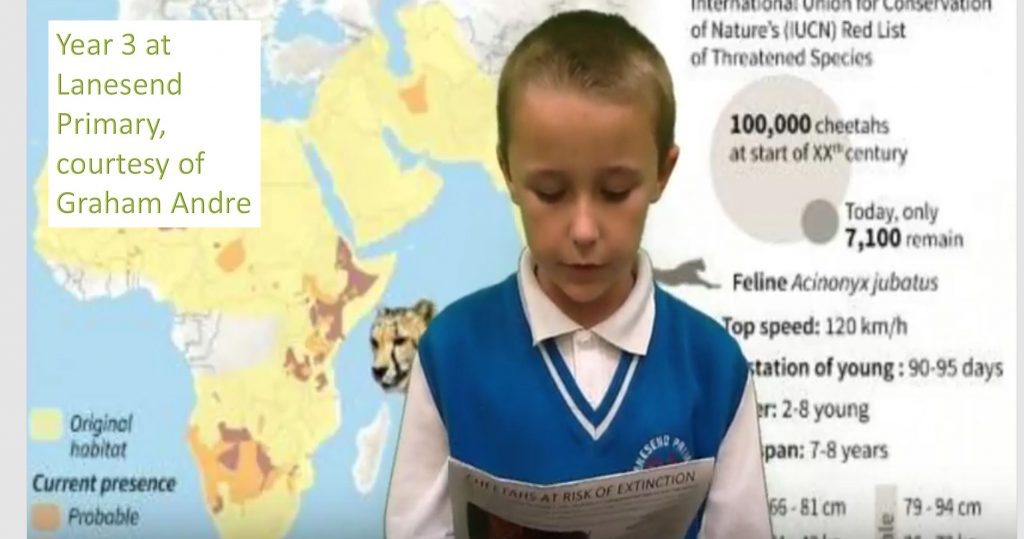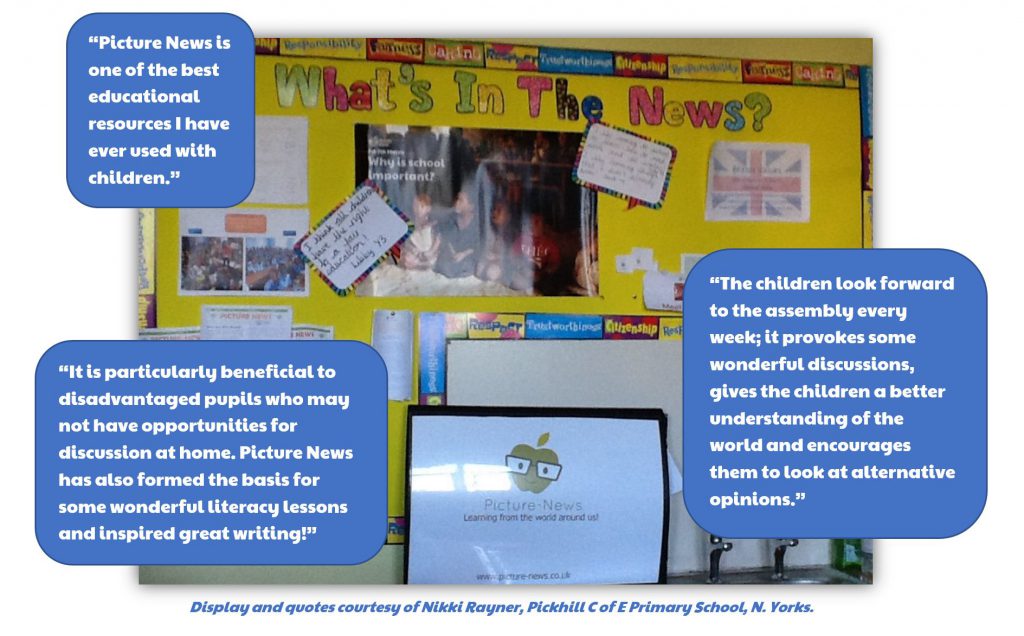Pupil premium and the real world
 If you work in education it’s highly likely that you are aware of pupil premium funding, perhaps your school has become hugely reliant on this additional income stream in the budget cuts of recent times, or envious that you don’t receive much of this ‘extra’ money. According to the Department for Education:
If you work in education it’s highly likely that you are aware of pupil premium funding, perhaps your school has become hugely reliant on this additional income stream in the budget cuts of recent times, or envious that you don’t receive much of this ‘extra’ money. According to the Department for Education:
“The pupil premium is additional funding for publicly funded schools in England to raise the attainment of disadvantaged pupils of all abilities and to close the gaps between them and their peers.”
For children from reception year to year 6 the funding is currently set at over £1,300 for each eligible child. Every school has to justify how they have chosen to allocate the funding and the impact. In 2003, Ofsted released an overview as to how schools were choosing to spend their funding, success stories and ineffective strategies. One of the key findings, which may not come as a surprise was that, “Employing new teaching assistants or extending the roles of those already in post were common ways for the schools visited, especially primary schools, to spend some of the funding. As previous Ofsted work has indicated, the indiscriminate use of teaching assistants can represent very poor value for money, with little or even negative impact on learning.”
The dilemma many schools face is that if they are not intending on spending the money on extra staff to help close the attainment gap, how can they balance spending funds on interventions that will not add more of a work burden on existing staff whilst still raising standards and having a positive impact on pupil premium children? The EEF (The Education Endowment Foundation) has created a pupil premium toolkit to help schools decide how to spend money. It contains a useful chart which maps the cost of interventions against their effectiveness. Two of the examples of interventions with the lowest cost and greatest impact provided are:
Collaborative learning – effective collaborative learning requires much more than just sitting pupils together and asking them to work together; structured approaches with well-designed tasks lead to the greatest learning gains.
Social and emotional learning – interventions which seek to improve attainment by improving the social and emotional dimensions of learning, as opposed to focusing directly on the academic or cognitive elements of learning but ultimately having a positive impact on academic attainment.
Neither of these involve 1:1 tuition, intense catch up classes or extra homework. Daniel Sobel, founder of the Inclusion Expert outlines some very innovative and unusual ways schools have decided to spend some of their funding here including the purchase of a bike for a child who was under performing in maths. Maths was often his first lesson, which he regularly arrived late for. Providing him with a bike meant he was able to arrive at school earlier each day and not miss the first part of the same subject so often. The strategy worked well for this child as the school were able to highlight his individual needs and come up with a solution, but to buy 20 bikes for the other pupil premium children wouldn’t make any sense!
Although schools may find it hard to perfect this balance of how to spend their money wisely and prove accountable successes; one of the most fantastic and often overlooked elements is that schools do have complete freedom to spend it how ever they see would be of best benefit to the pupils in their school. To conclude with the words of Mr Sobel: “Any individual intervention is only as good as the extent to which it addresses the real need. The phenomenon of the gap itself involves multiple issues and to think they can all be solved simply by additional literacy or numeracy is missing the point.”

